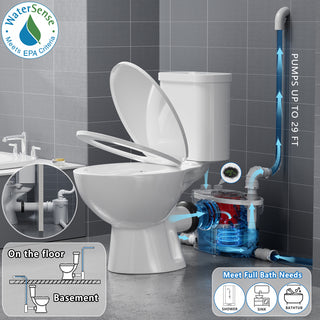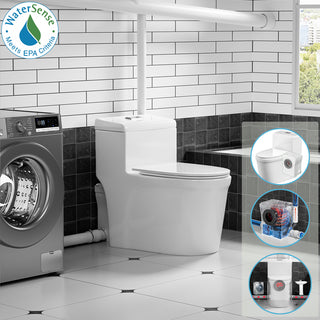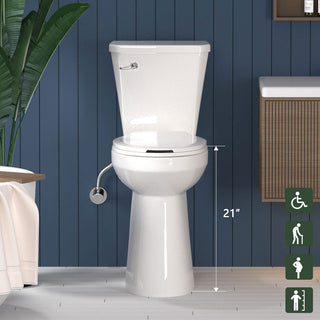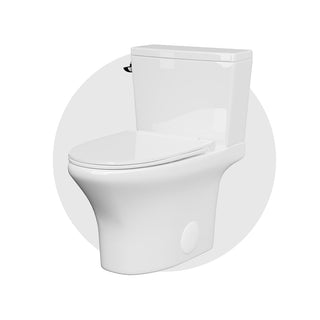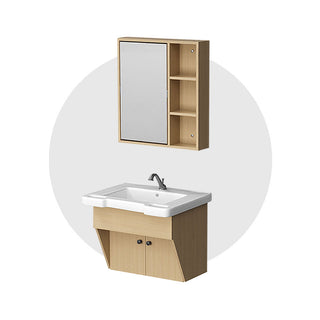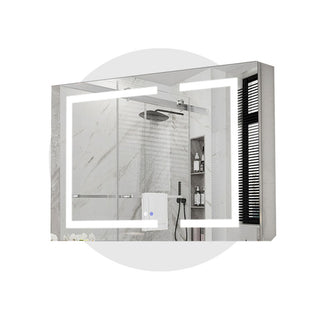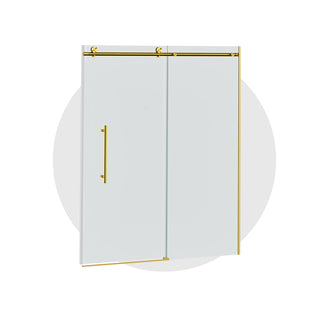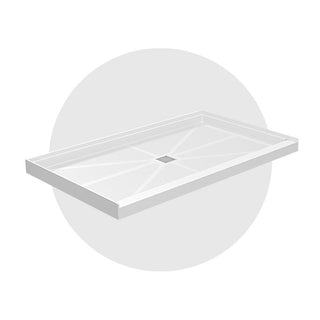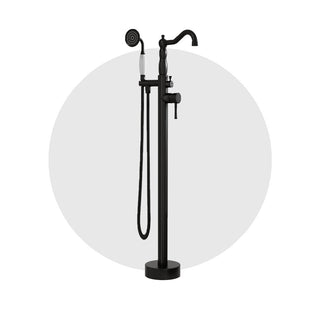When shopping for a new toilet, most people focus on height, flushing power, or style. But one detail often overlooked is the trapway design—whether it’s skirted or exposed. This choice can affect not just how your toilet looks, but also how easy it is to clean and install. In this guide, we’ll break down the key differences between skirted and exposed trapway toilets so you can decide which is the better fit for your bathroom.
I. What Is a Toilet Trapway?
The trapway is the curved internal passage that moves waste from the bowl into the drainpipe. While it’s a functional component, how it’s presented on the outside of the toilet changes the look and feel of the entire fixture.
There are three common trapway designs:

- Exposed Trapway: The classic look—where the curving outline of the trap is visible on either side of the toilet base. Bolts and pipes are easy to access.
- Skirted Trapway: A clean, fully covered base that hides all curves and bolts behind a smooth surface. It gives the toilet a sleek, modern profile.
- Concealed Trapway: A hybrid design. The trapway is partially hidden by straight sides, but the bolts may still be visible or slightly recessed.
II. Skirted vs Exposed Trapway Toilets: Key Differences
| Feature |
Skirted Trapway |
Exposed Trapway |
| Appearance |
Sleek, modern, and minimalist |
Traditional profile with visible curves |
| Cleaning |
Smooth surface, easy to wipe down |
Harder to clean around curves and bolts |
| Installation |
Bolts are hidden; hand access required through side openings |
Bolts fully visible; more DIY-friendly |
| Smart Bidet Compatibility |
Mostly compatible, but skirt may limit hose access |
More flexible, ample space for accessories |
| Style Compatibility |
Best for modern or contemporary bathrooms |
Fits traditional or transitional spaces |
| Cost |
Usually slightly more expensive |
Generally more affordable |
III. Pros and Considerations of Skirted Toilets
✅ Benefits:
- Streamlined aesthetics: The skirt hides plumbing and bolts, giving the toilet a refined look.
- Easy cleaning: No curves or crevices along the base means less grime buildup.
- Matches modern bathroom styles: Perfect for minimalist or high-end decor.
⚠️ Things to Consider:
- Installation access: Since the mounting bolts are hidden behind the skirt, you’ll usually need to reach through side openings to tighten them.
- Tighter access for plumbing: Some skirted models offer less room to connect supply lines.
- Slightly higher price point: Skirted toilets often cost more due to added materials and design complexity.
IV. Pros and Considerations of Exposed Trapway Toilets
✅ Benefits:
- Simple installation: Easy access to bolts and connections makes this style more DIY-friendly.
- Lower cost: Often more affordable than skirted models.
- Compatibility: Easier to find replacement parts and compatible accessories.
⚠️ Things to Consider:
- More cleaning effort: Dust and grime can accumulate around the exposed curves and bolt areas.
- Less streamlined look: The visible trapway gives a bulkier, more traditional appearance.
V. Choosing the Right Trapway Style for Your Bathroom
So, which design is right for you? Here’s how to decide:
-
Choose a skirted trapway if you:
- Prefer a modern, seamless aesthetic
- Want easier day-to-day cleaning
- Are okay with a slightly more involved installation process (or plan to hire a plumber)
-
Choose an exposed trapway if you:
- Want an easier DIY installation
- Don’t mind extra cleaning effort
- Prefer a more traditional look or need to keep costs lower
At the end of the day, both options are functionally equal in performance. The decision comes down to your priorities—style, cleaning, installation, or price.
FAQ
Q: What does "skirted trapway" mean?
A skirted toilet has a smooth outer base that fully hides the internal plumbing and bolts.
Q: What’s the difference between skirted and concealed trapways?
They're similar—both hide the trapway. “Concealed” may still expose bolt caps or outlines slightly, while “skirted” typically hides everything.
Q: Are skirted toilets harder to install?
Slightly. You’ll need to reach through side access holes instead of seeing the bolts directly.
Q: Do skirted toilets need a special flange?
No. Most use the same standard flange as exposed trapway toilets.
Q: What are the disadvantages of a skirted toilet?
Mainly installation access and cost. Cleaning is actually easier
Q: Is a skirted toilet worth it?
If you value style and easy cleaning, yes. Many homeowners consider it a worthwhile upgrade.


